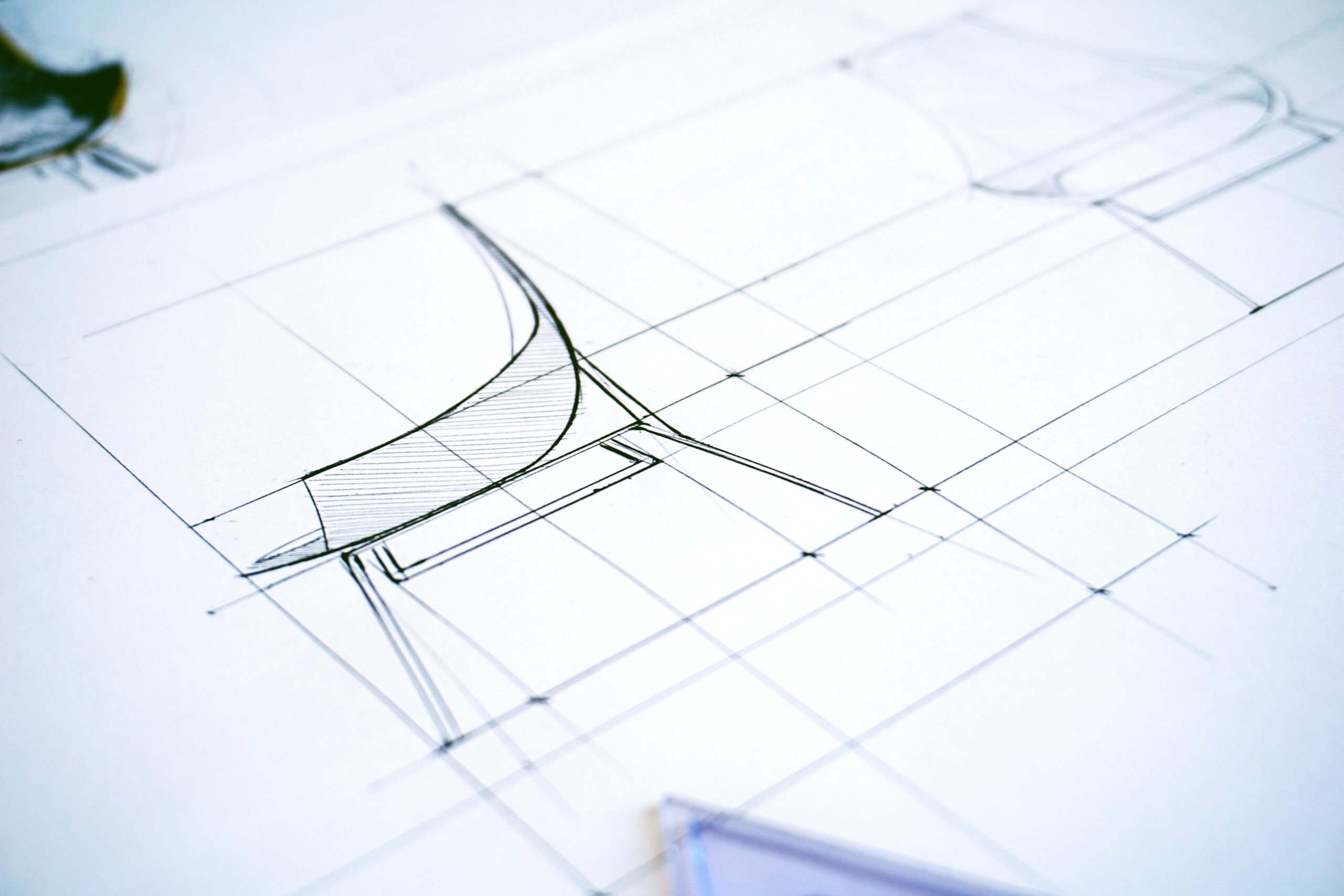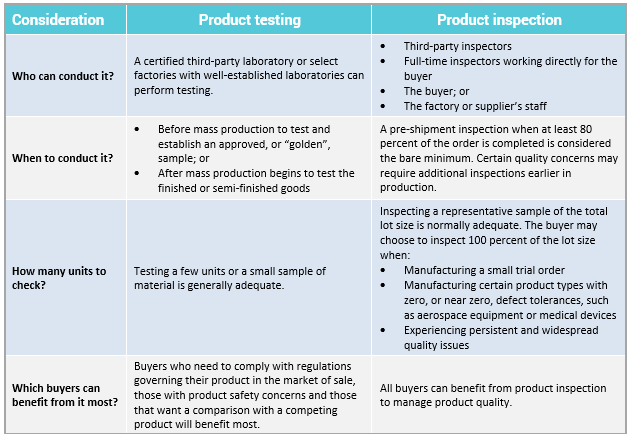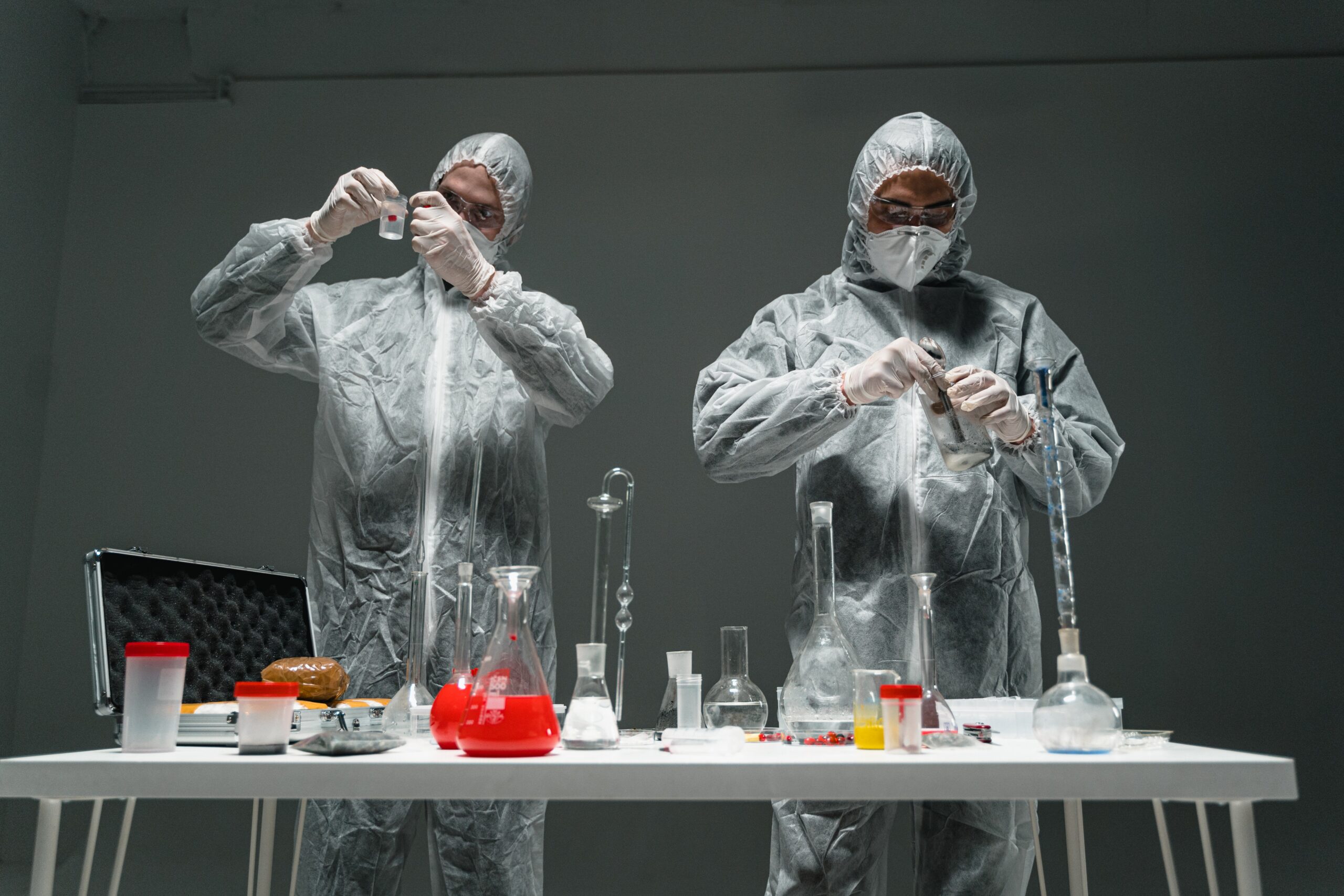Quality control refers broadly to the process of managing product quality to meet a desired standard. Inspection is only a part of this process used to identify quality defects in products. Inspection can help you find any defects earlier in production before they affect the majority of a shipment. But as quality is generally built into a product, it’s not something that can be added after the fact.
For example, if your factory has used substandard leather to manufacture garments, no amount of inspection will remedy that quality problem in those garments already manufactured. Instead, inspection earlier in production helps alert you to the problem early so you can take steps to prevent it from affecting the remaining order quantity.
Quality control should be an ongoing process and a sum of regular actions, not a single one-off or routine task like inspection can often be.
Aside from quality inspection and testing, key elements of a robust quality control strategy include:
- Supplier qualification, often involving auditing suppliers for ISO9001 or other relevant compliance frameworks and evaluating product samples
- Developing a quality manual that reflects customer and retailer standards
- Analyzing customer feedback, complaint and return data for ongoing quality improvement
- Taking corrective and preventative action to improve quality, for instance, through root cause analysis and process improvement
- Managing any product recalls and liability risks
Quality inspection and testing are both essential for an overall effective quality control strategy. But preventing quality issues in your products should start at the very beginning of sourcing and negotiating with suppliers, well before inspection.
Article Source: Intouch-quality
Related:
What’s the difference between Product Inspection and Product Testing?
What is product inspection? What is product testing?






